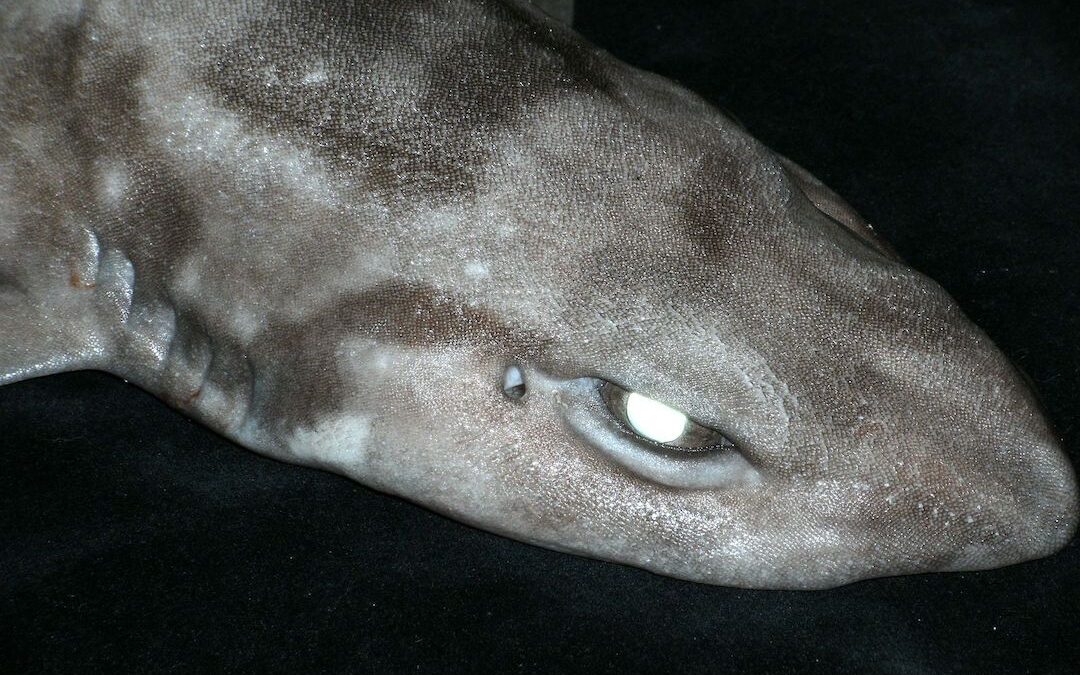A new species of ghost catshark has been discovered by Australian scientists after an unusual egg sparked questions by experts.
The egg, which was housed in an Australian museum for decades, has provided greater insight into this mysterious animal, as well as the threats to its survival.
Ghost catsharks live just above the seabed in deep ocean water, mostly sticking to depths of around 2000 to 6000 feet. They grow to around 85 centimeters in length, and lay their eggs in coral colonies far beneath the ocean’s surface. There is little known about these unique creatures, mostly due to their deep-sea habitat. However, a ghost catshark egg was collected by scientist around 40 years ago, and has remained in an Aussie museum ever since.

Embryonic egg casing. Image: William White/CSIRO.
An egg hunt
Recently, this egg sparked newfound interest when scientists noticed it was unlike any other shark egg they had seen, with strange ridges all across the surface. While the egg was previously attributed to a species of freckled catsharks, further research suggested the egg belonged to an entirely new category of catshark.
This resulted in an egg hunt through museum archives, eventually leading experts to conclude that the egg came from an entirely unidentified species. This new species of ghost catshark has been named Apristurus ovicorrugatus due to its corrugated eggs.

An adult ghost catshark. Image: William White/CSIRO.
Conserving catsharks
Already, there are several theories as to the need for this rough egg surface. Many suggest that the ridges provide th e eggs with additional strength and protection as a way to defend against predators. Sea snails often drill holes into shark eggs and eat the insides, however this becomes significantly more difficult if the shell is covered in hard spikes.
Similarly, deep-sea trawling and mining poses a major threat to these animals, even more pressing as they lay their eggs in coral ecosystems common for trawling. Again, the shell surface may act as a last-defence against these dangerous machines, which pose a major risk to the survival of all ghost catshark species.
The new discovery has prompted further research into the habits and habitats of these unique creatures. It opens up questions about their evolution, and also provides scientists with insight into the greatest risks facing these sharks. Armed with more information, they will be able to make better decisions when it comes to conservation, and expand their knowledge on this new species.
Want to hear about more new discoveries in science? Check out the latest findings on dingo DNA.

